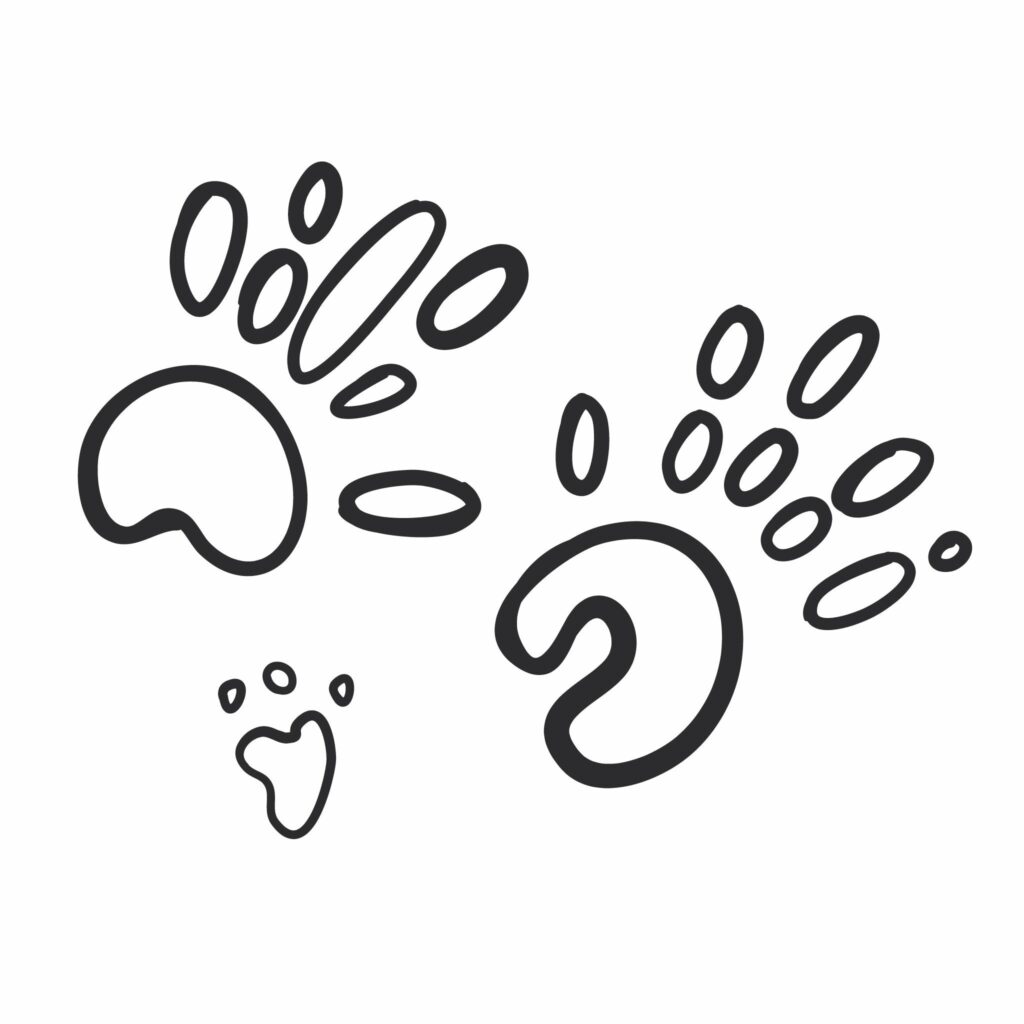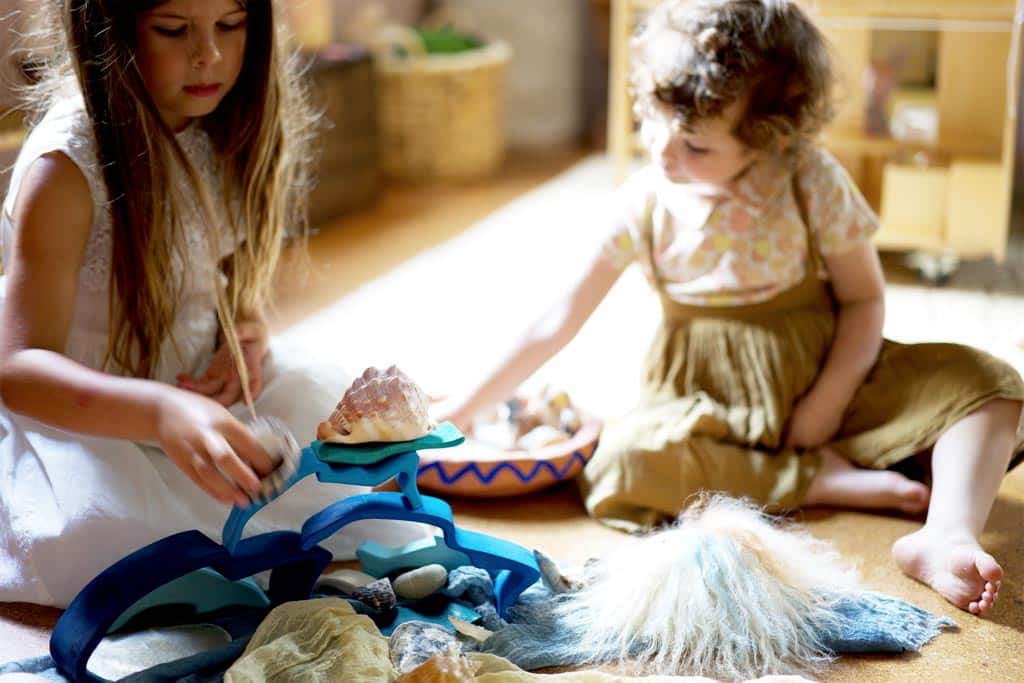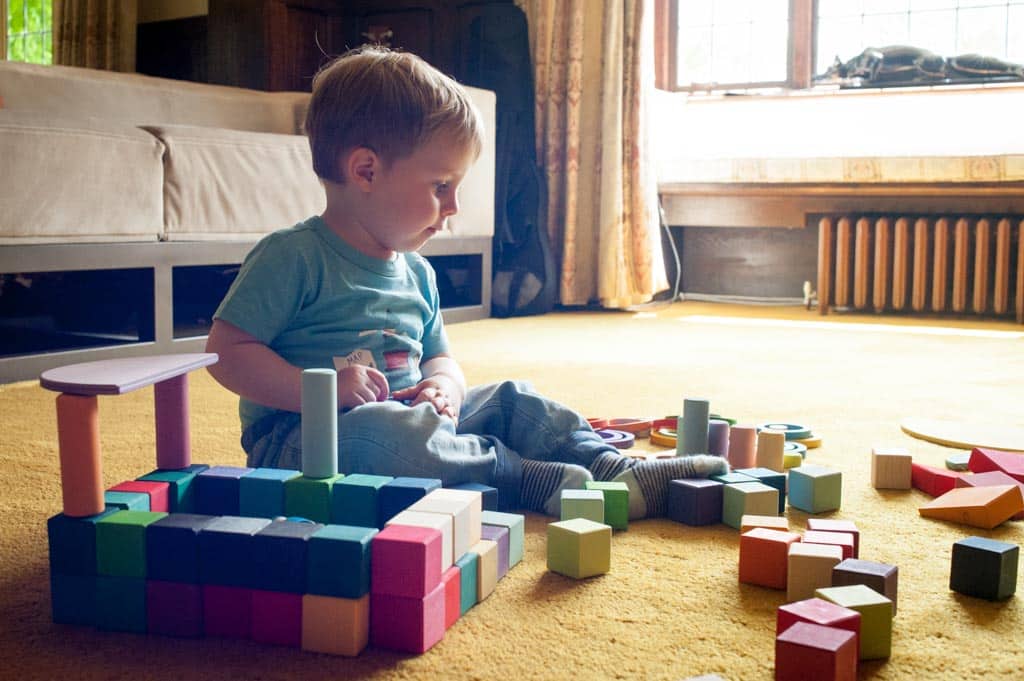One of the first articles I wrote after launching 100 Toys was Three Goodies and a Baddie: Tell Almost Any Story with Just a Handful of Figures.
It’s a descriptive title and it gets to the heart of what 100 Toys used to be about – more fun with fewer toys.
But it’s a bit dated and not quite to the point.
I talk about choosing the right figures in order to maximise the play potential. Four goodies is bad. Three goodies and a baddie is good… It’s not how many toys you have that determines the fun you can have – it’s how you combine them.
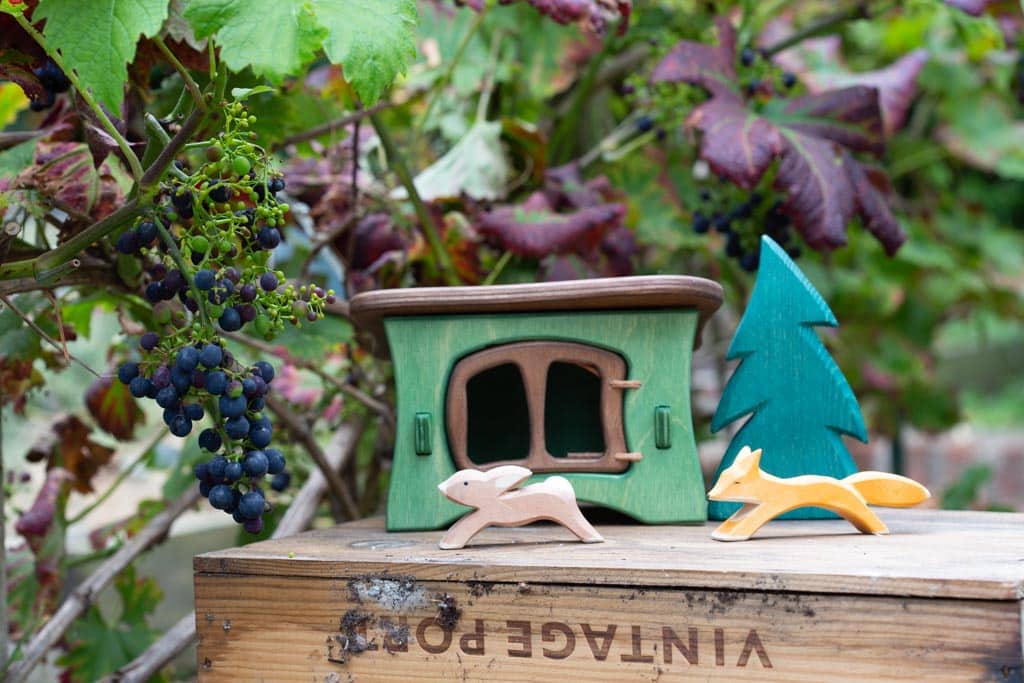
In a recent post, we looked at Joseph Campbell’s idea of the hero’s journey. There are some narrative arcs that occur over and over again and we can use these to extend our children’s play.
But stories aren’t just about plot points. There are characters to consider. What the Three Goodies article was missing was an explicit reference to Jungian archetypes. OK, that sounds pretentious, but stick with me. It’s really quite simple and it will enrich both your child’s play and her writing.

What is an archetype?
An archetype is a recurring symbol, character, theme, or situation found in the myths and literature of many different cultures throughout history. They represent universal patterns and motifs that come from the collective unconscious – a term coined by psychologist Carl Jung. Archetypes resonate with readers because they reflect shared human experiences, transcending time, place, and culture.
For example, the idea of a “hero” is an archetype. From King Arthur in English legend to Hercules in Greek mythology, the hero figure appears time and time again, often embarking on a journey or quest and facing challenges along the way. Other archetypes include the “mentor”, who guides the hero; the “mother figure”, representing nurturing; and the “trickster”, embodying mischief and disruption.
Archetypes are useful tools in storytelling because they provide a familiar foundation. By understanding and utilising archetypes, writers can create characters and stories that deeply resonate with their audience.
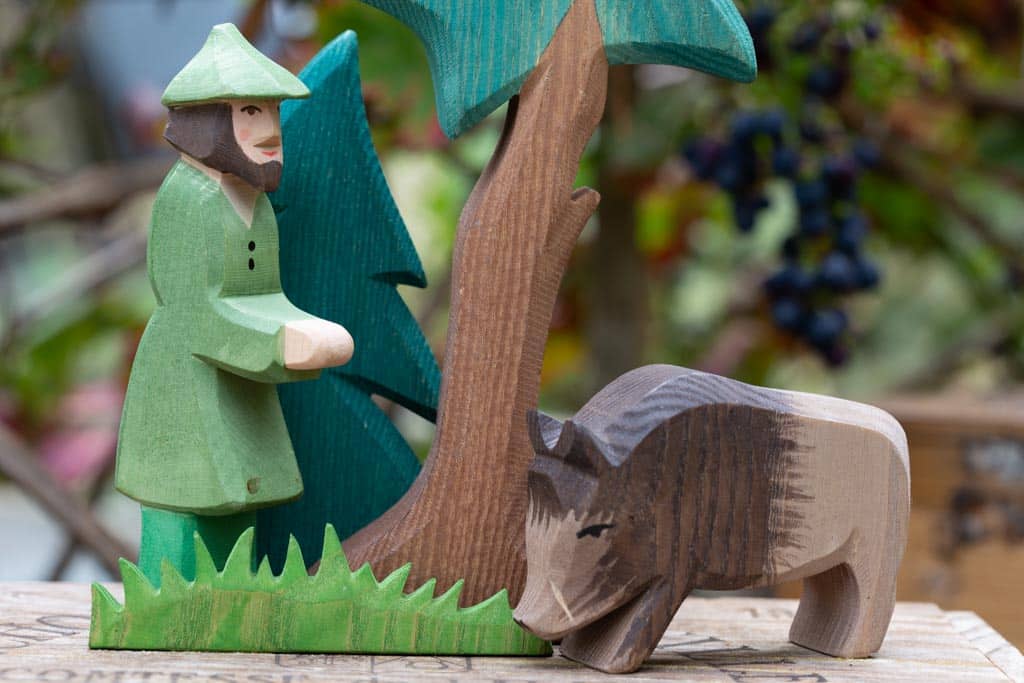
How do archetypes relate to play?
When your child plays with a toy embodying an archetype, she is using a kind of shorthand.
Here is a wolf.
From Little Red Riding Hood, The Three Little Pigs and Peter and the Wolf we can expect him to be malevolent, dangerous and cunning.
The wolf is wickedness.
The question is, how can we add drama and drive the story? Which figures should we add to make the play more interesting?

Key archetypes for children’s play
The hero
This is often the central figure in a story, undergoing a transformative journey. Think courageous knight or daring explorer.
- Harry Potter from the “Harry Potter” series by J.K. Rowling.
- Lucy from “The Chronicles of Narnia” by C.S. Lewis.
- Matilda from “Matilda” by Roald Dahl.
- Bilbo Baggins from “The Hobbit” by J.R.R. Tolkien.
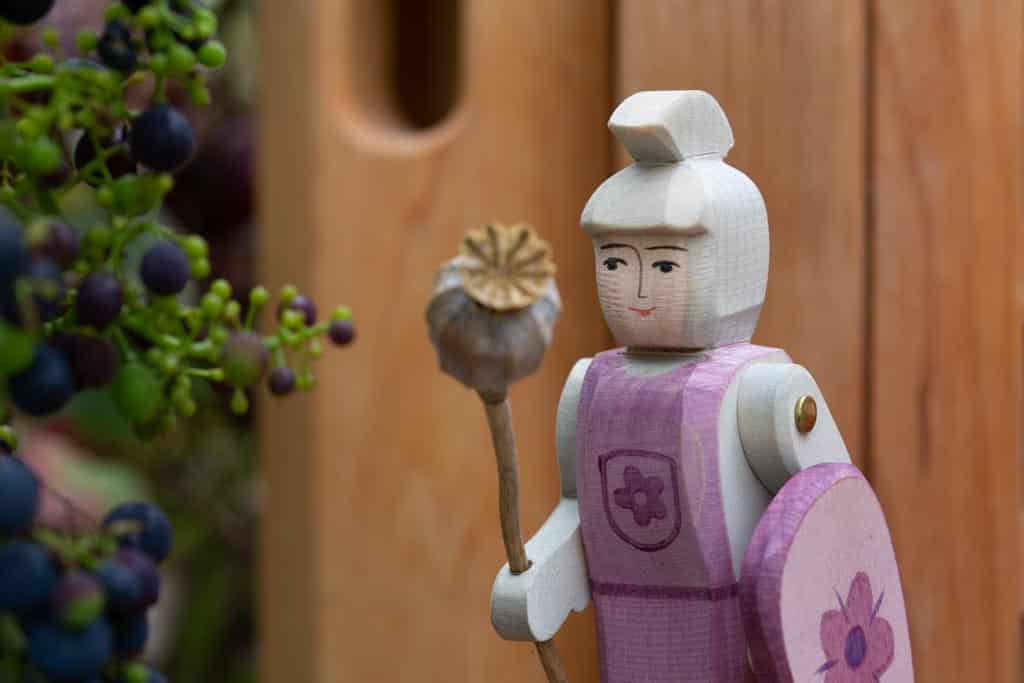
The mentor
A guiding figure who provides wisdom and assistance to the hero. It could be a wise old owl or grandmother.
- Albus Dumbledore from the “Harry Potter” series by J.K. Rowling.
- Merlin from the Arthurian legends.
- Gandalf from “The Lord of the Rings” series by J.R.R. Tolkien.

The shadow
Representing the darker side of human nature, this archetype might manifest as a wolf, a wicked witch, or any figure that poses a challenge.
- The White Witch from “The Chronicles of Narnia” by C.S. Lewis.
- Lord Voldemort from the “Harry Potter” series by J.K. Rowling.
- Miss Trunchbull from “Matilda” by Roald Dahl.
- Smaug from “The Hobbit” by J.R.R. Tolkien.

The trickster
As the name suggests, this character is mischievous, often disrupting the status quo. A playful fox or a cheeky monkey could fit this role.
- The Cat in the Hat from “The Cat in the Hat” by Dr. Seuss.
- Loki from various Norse myths and tales.
- Anansi from African folktales, a spider known for his wit and wisdom.
- Fox from “The Gingerbread Man”.
- Rumpelstiltskin
The mother figure
Symbolising nurturing and protection. This could be represented by a motherly bear or a caring hen.
- Mrs. Rabbit from “The Tale of Peter Rabbit” by Beatrix Potter.
- Mrs. Darling from “Peter Pan” by J.M. Barrie.
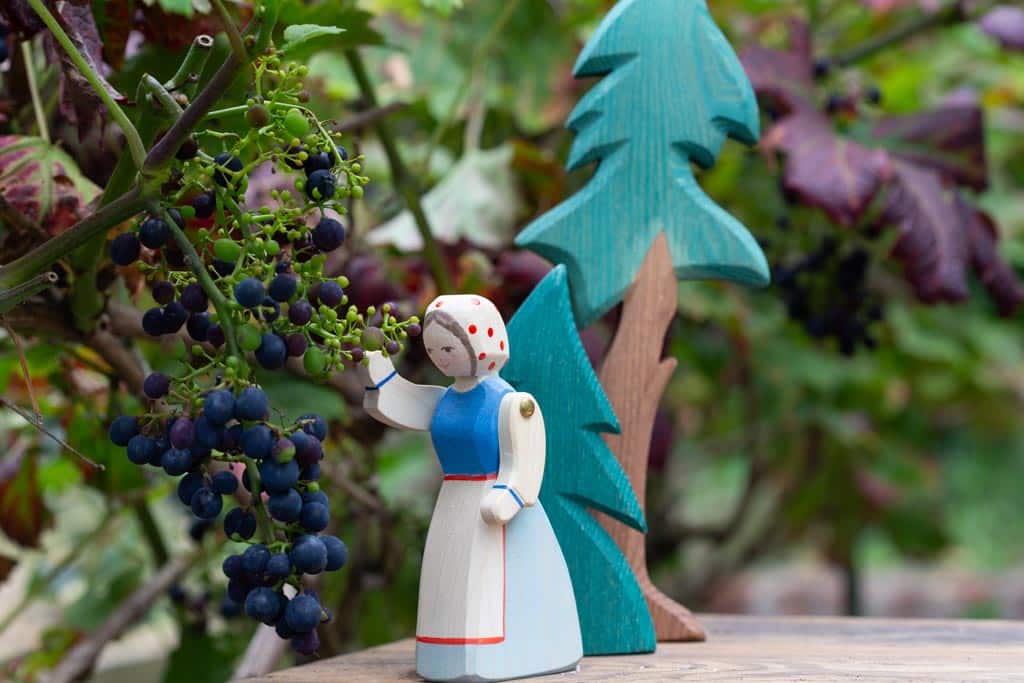
The damsel in distress
Often in need of rescue, she motivates the hero’s journey. Think of a princess trapped in a tower.
- Princess Aurora from “Sleeping Beauty”.
- Rapunzel from the fairy tale “Rapunzel”.
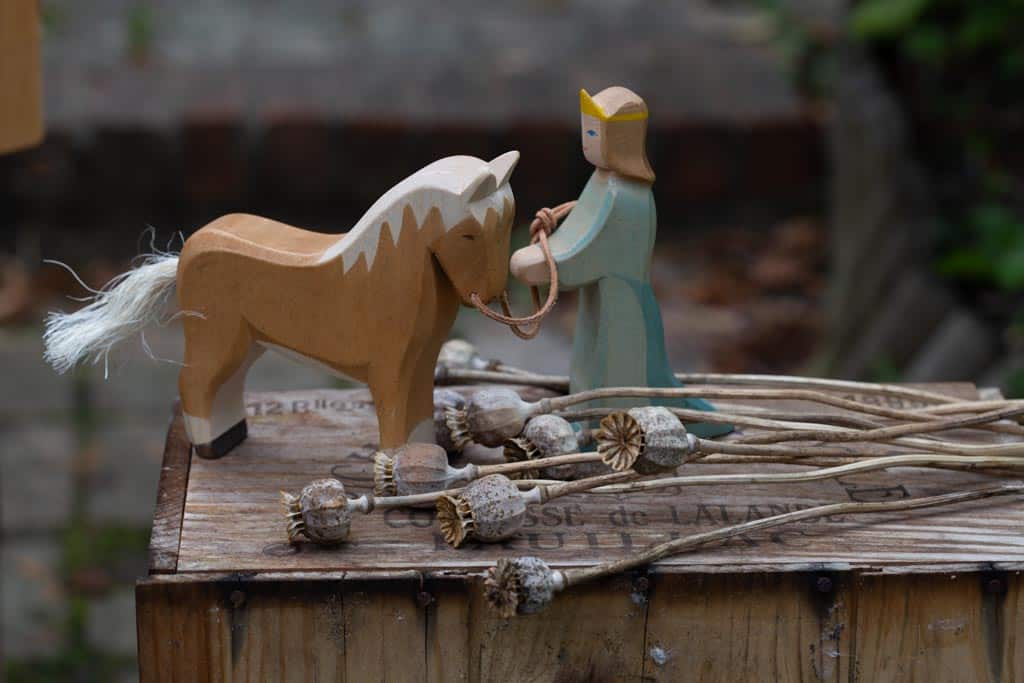
Combine archetypes with classic story arcs
Whether you start with the figures or the scene, your goal is to match characters to stories.
For example:
- Bravery against the odds. A small, seemingly weak creature, like a lamb, facing a powerful adversary, such as a wolf. Will she outsmart him, or find strength she didn’t know she had? Will a mentor guide her? Will she rescue a ‘damsel in distress’?
- The trickster’s antics. A cunning creature, perhaps a mischievous monkey, creating chaos. How will order be restored?
Of course, the more stories you read to your child, the more archetypes she can bring to her play. A diet of good books is essential. If you’re not sure where to start, here’s a guide to choosing the right book.
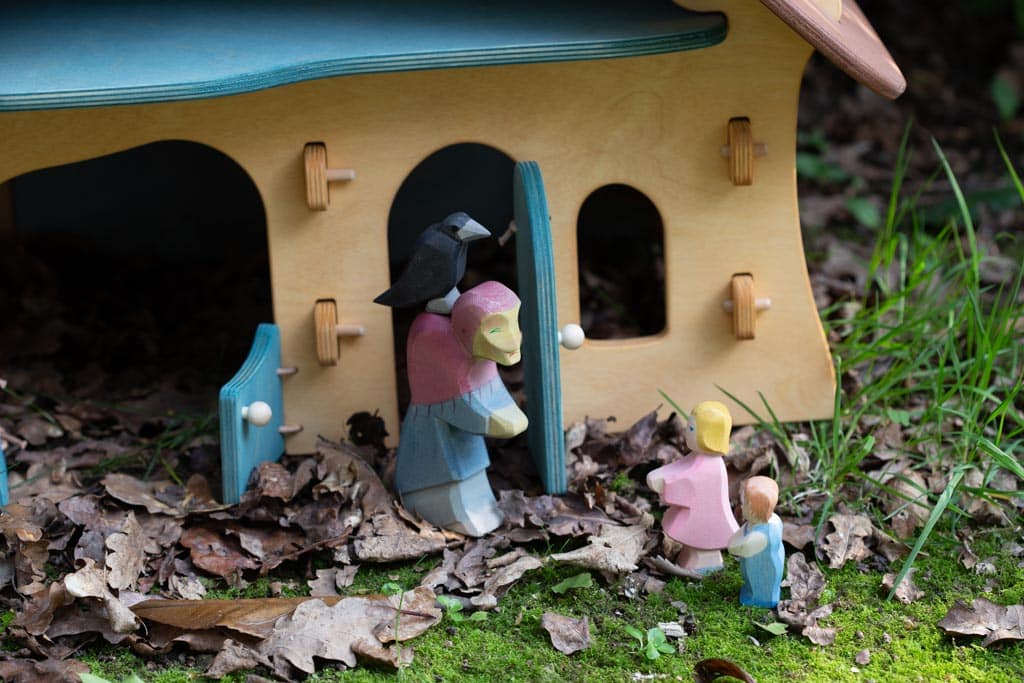
Final word
You don’t have to explain the archetypes or the plot structures to your child. If you have been reading together, she already has a treasure trove of inspiration to bring to her play.
Your role is simply to consider the archetypes when setting up small world activities.
Are you putting out the toy farm today? Make sure there is a shadow – a wolf, fox or badger. But who is the hero? A plucky young puppy or a timid chick? The protector might be a powerful shire horse. Is the mentor the clichéed ‘wise old owl’? And don’t forget the trickster, that agent of chaos. A squirrel, perhaps, or a March hare?
Leave the rest to your child’s imagination.
Children get bored easily. Don’t we all? But you can keep your child playing for longer by offering better combinations of toys.
You are making play more fun.
Read more: How to read to your child | Small world play | The hero’s journey | Imaginative play | Do children have too many toys? | Benefits of boredom | Three Goodies and a Baddie


